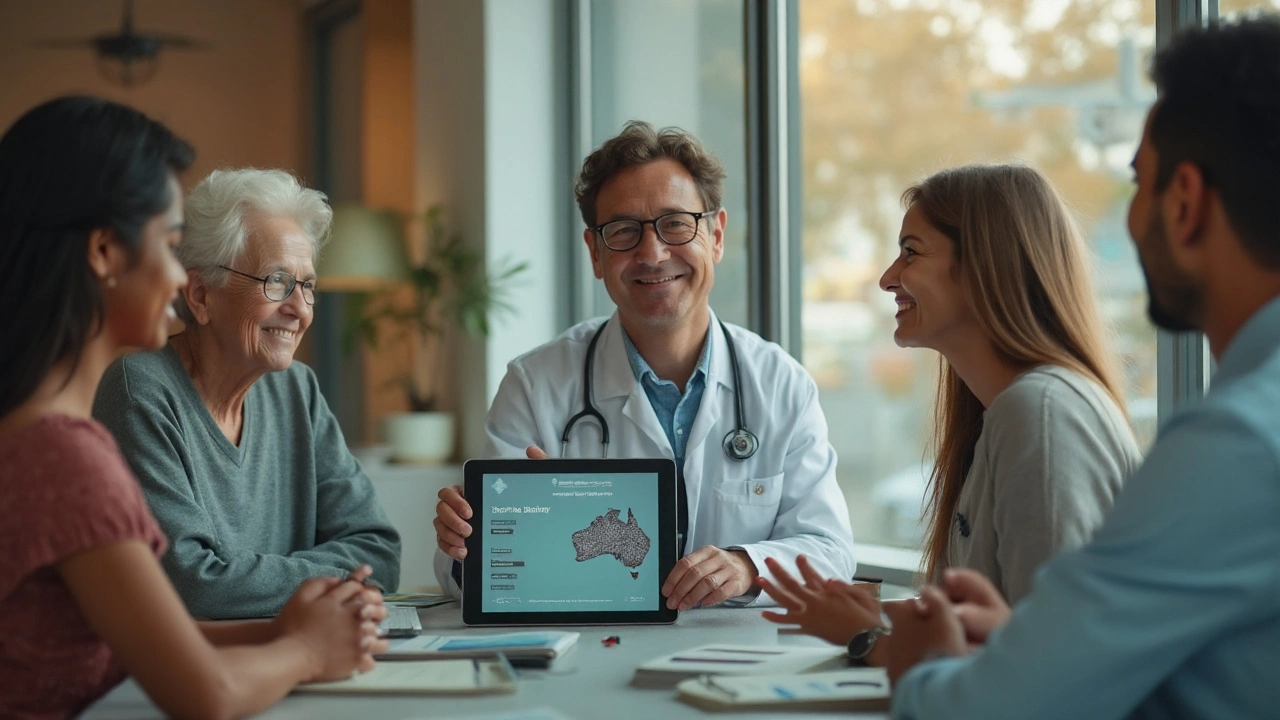Primary Immunodeficiency Treatment: Simple Ways to Stay Healthy
If you or someone you love has a primary immunodeficiency (PID), the biggest worry is usually getting sick too often. The good news is that modern medicine offers clear, proven ways to boost your immune system and cut down on infections. Below we break down the main treatment routes and some everyday habits that really make a difference.
Immunoglobulin Replacement – Your First Line of Defense
Most people with PID need immunoglobulin (Ig) replacement therapy. This involves regular infusions of pooled antibodies taken from healthy donors. The goal is simple: give your body the antibodies it can’t make on its own, so you can fight off common bugs like flu and pneumonia.
There are two ways to get Ig:
- IVIG (intravenous): A nurse puts the solution into a vein once every 3‑4 weeks. You’ll usually sit in a clinic or hospital, but some patients learn to do it at home.
- SCIG (subcutaneous): Tiny injections under the skin are done more often—often weekly—but you can self‑administer them at home. Many find SCIG less painful and more flexible.
The dosage is tailored to your weight and infection history, so regular check‑ups with an immunologist are key.
Beyond Antibodies: Gene Therapy and Targeted Drugs
For a few rare PIDs, fixing the underlying gene defect is possible. Gene therapy delivers a healthy copy of the faulty gene into your bone marrow cells. The approach is still limited to specific conditions (like ADA‑deficient severe combined immunodeficiency), but early results show lasting immune recovery.
If you don’t qualify for gene therapy, newer targeted drugs can help. For example, cytokine modulators such as interferon‑gamma boost certain immune pathways, and small‑molecule inhibitors can correct specific signaling problems. Your doctor will decide if these fit your diagnosis.
Practical Lifestyle Tips to Reduce Infections
Treatment isn’t just about medicines. Simple daily habits cut infection risk dramatically:
- Hand hygiene: Wash with soap for at least 20 seconds before meals, after using the bathroom, and after touching public surfaces.
- Vaccinations: Stay up‑to‑date on inactivated vaccines (flu, COVID‑19, pneumococcal). Live vaccines are usually avoided unless your doctor says otherwise.
- Nutrition: Eat a balanced diet rich in fruits, vegetables, and lean protein. Vitamin D and zinc support immune function, but talk to your clinician before adding supplements.
- Avoid crowds during outbreaks: If flu season is raging, consider remote work or school options when possible.
Regular follow‑ups let you track antibody levels and adjust treatment. Most patients see fewer infections within a few months of starting Ig replacement.
What to Expect When Starting Treatment
The first infusion can feel chilly or cause mild headaches, but side effects usually fade quickly. Your health team will monitor you for allergic reactions and tweak the dose as needed. Keep a symptom diary – note any fever, cough, or new rash – so your doctor can see how well the therapy is working.
Remember, living with PID doesn’t mean you’re stuck in a cycle of sickness. With the right combination of immunoglobulin replacement, newer drugs when appropriate, and solid everyday habits, most people enjoy a normal school, work, or social life. Talk to an immunology specialist today to map out a plan that fits your needs.
Immunotherapy Benefits for Immunodeficiency: IVIG, SCIG, and New Options Explained
Clear, practical guide to how immunotherapy helps people with immunodeficiency-what it does, who it helps, the real benefits, safety, costs, and how to get started in Australia.
More
